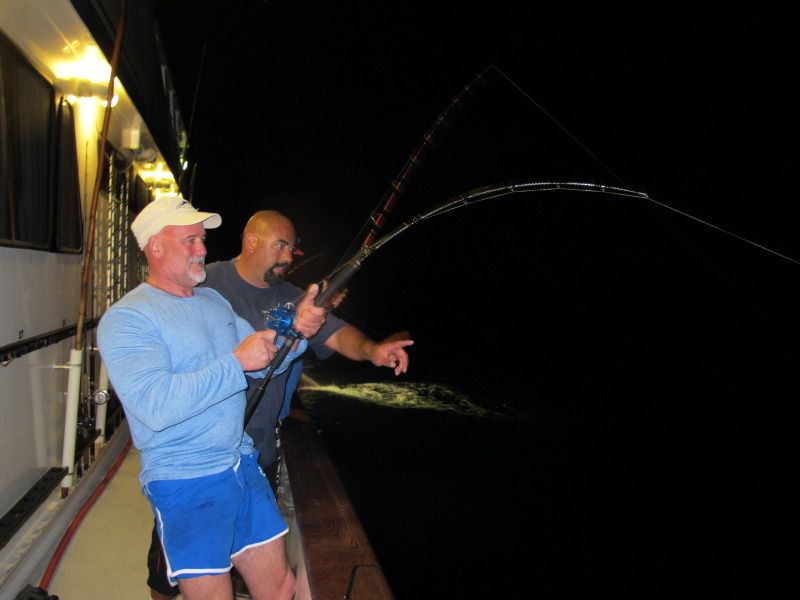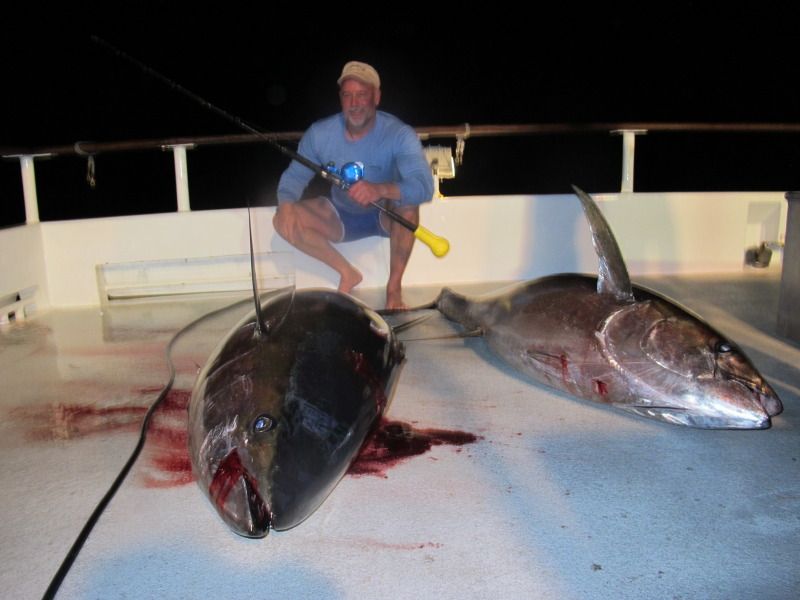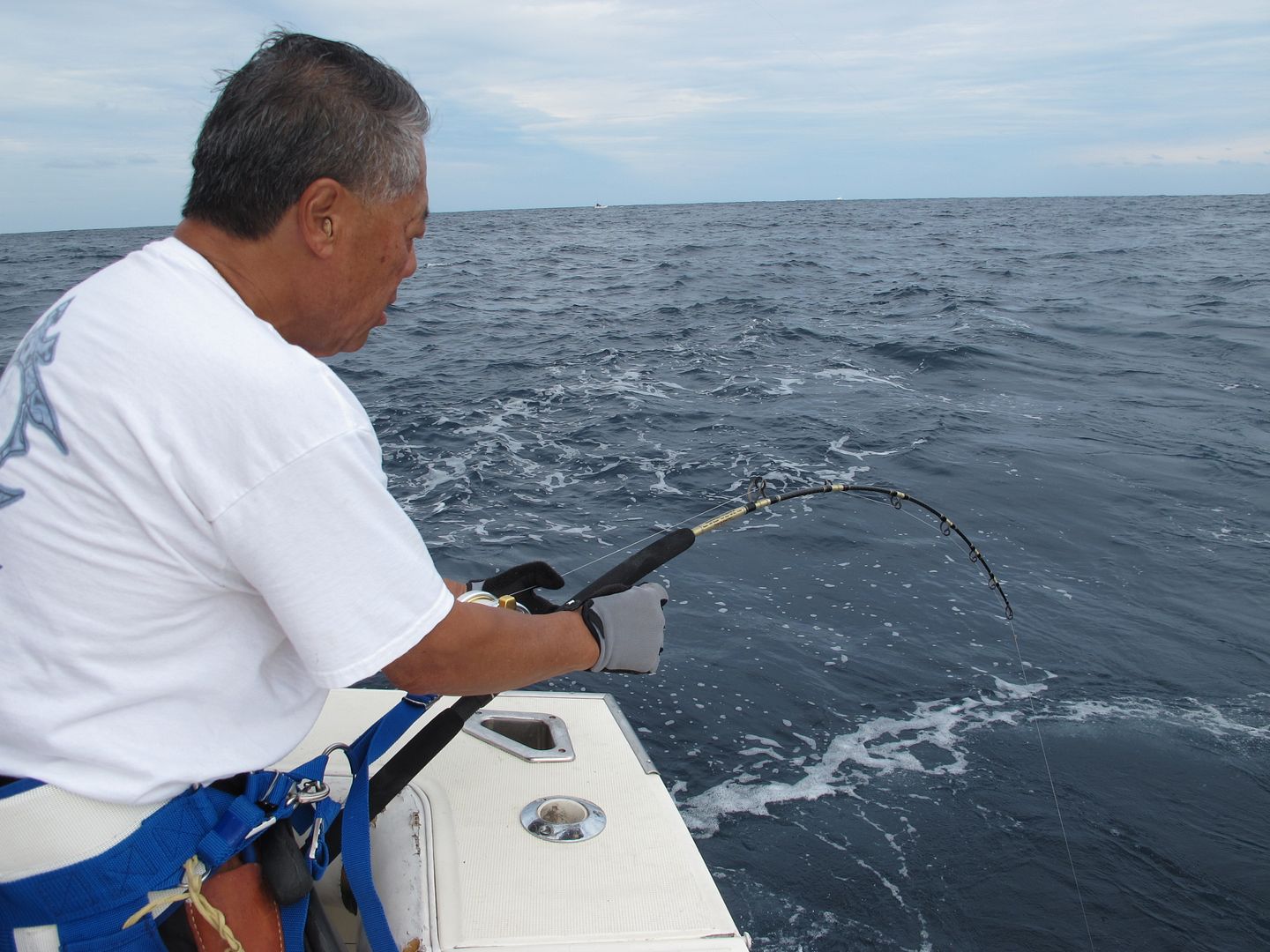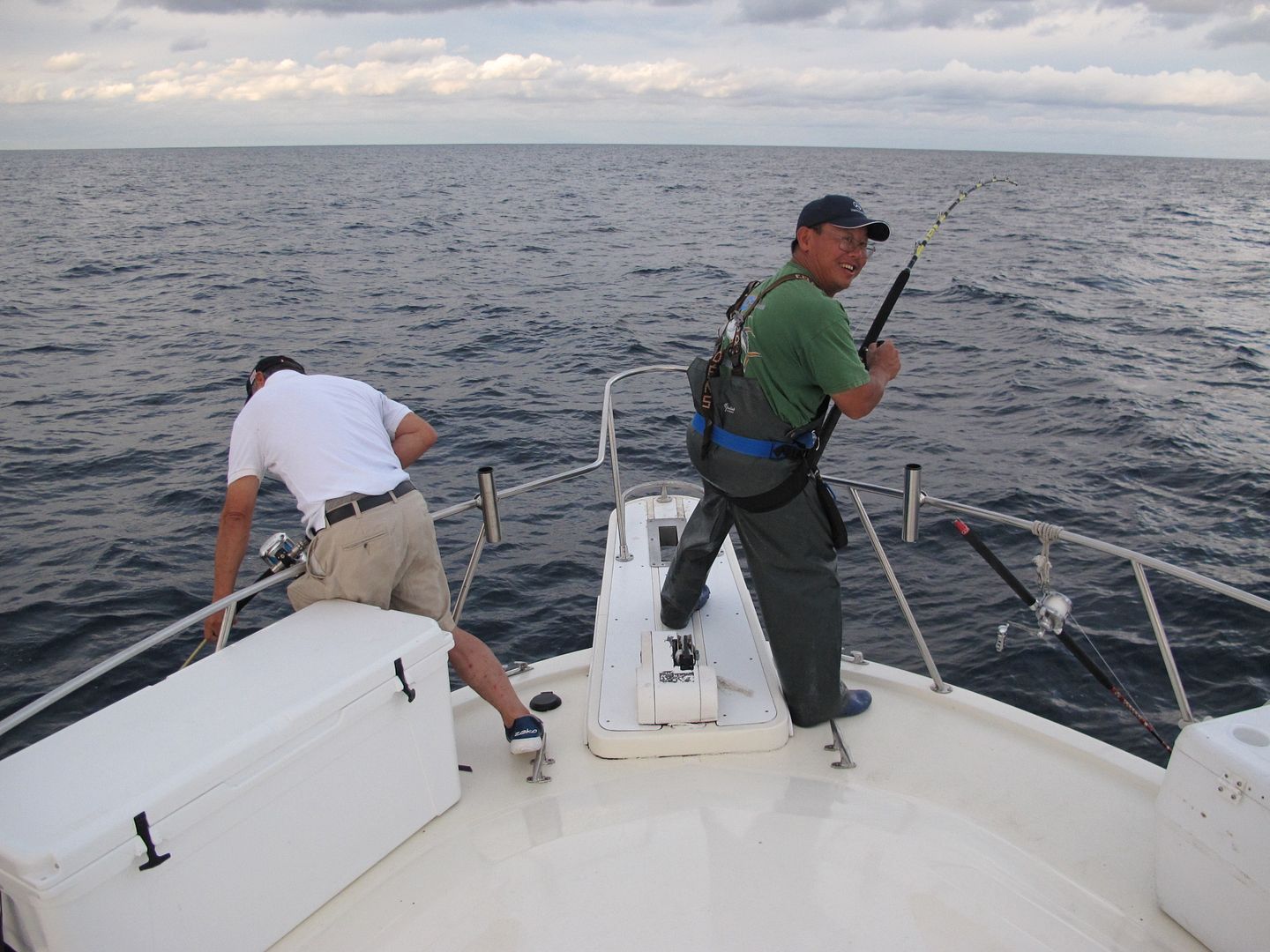Anybody can do anything they want with any setup they want. But, if you want to do it the most effective, comfortable and safest way you choose the right tool for the job.
Jigging rods are light and comfortable with some amazing power. I would never trim more than 4 or 5 inches off the bottom of one. They are designed differently with thin walls throughout. A true tuna chunking blank is going to be built heavy-walled for the first two feet (probably, just a guess) in order to allow for trimming and securing in an aluminum butt. I'm not sure I would even put an untrimmed jigging rod in an aluminum butt, let alone cutting a foot off in order to make a decent length chunking rod.
If not using an aluminum butt or seat, then a jigging rod is fine to chunk with. You just need to fish it as a jigging rod.
Last year for fun I put a dead mack on a big hook out with a JM 3 Kings Heavy spiral-wrapped rod with an Avet HX Raptor. I got tired of holding it and put it in a 15 degree gunnel rod holder with just enough drag to set a hook. No more than ten minutes later I see it bend way over. I ran over, grabbed it, pulled it out of the rod holder and applied more drag. It was probably in the 25+ range. 5 minutes later a decent sized blue shark came to the boat, saw the hull and made a run eventually chewing through the 100 pound fluoro leader.
Rod handled that situation fine. If I was planning on trolling or leaving the rod in a gunnel holder under substantial drag all the time then I would use my Calstar GF410XH in a #2 unibutt. This blank is rated 40-100 and is 4'10". I trimmed around 8" off it to make the rod length overall 6'. It is a little beast. I tested it with a bottomed-out Avet 50W lifting 50 pounds of weights without issue. It will be perfect for a 30W targeting small to medium size tuna chunking, livelining or trolling. Oh, and I used all Aftco Wind On rollers because they are tried and true.
Get the right tool for the right job and you will limit the potential issues.









